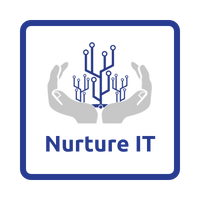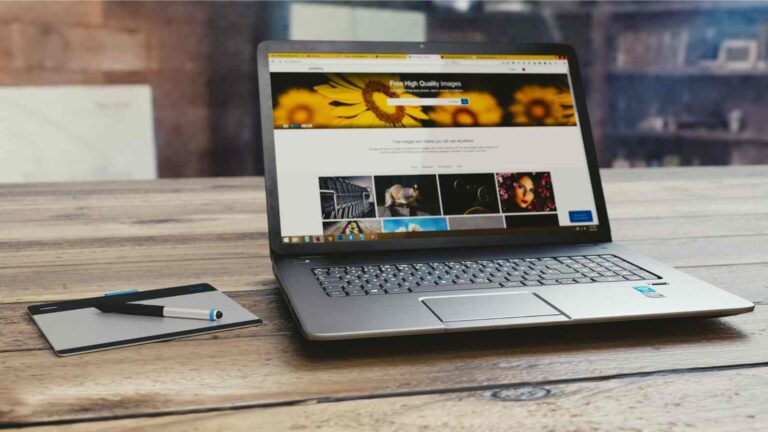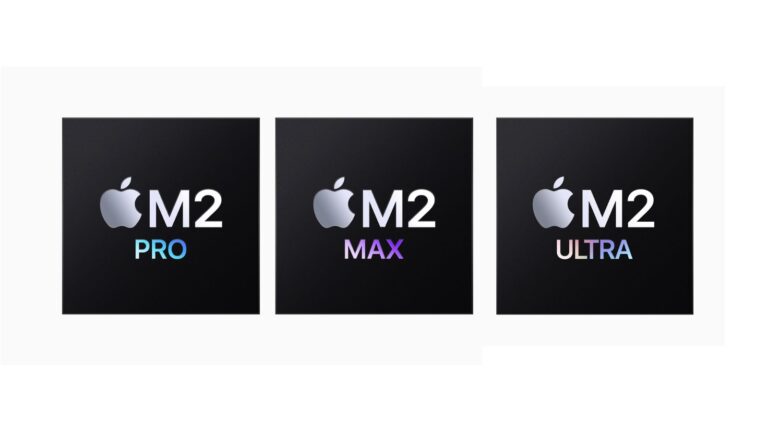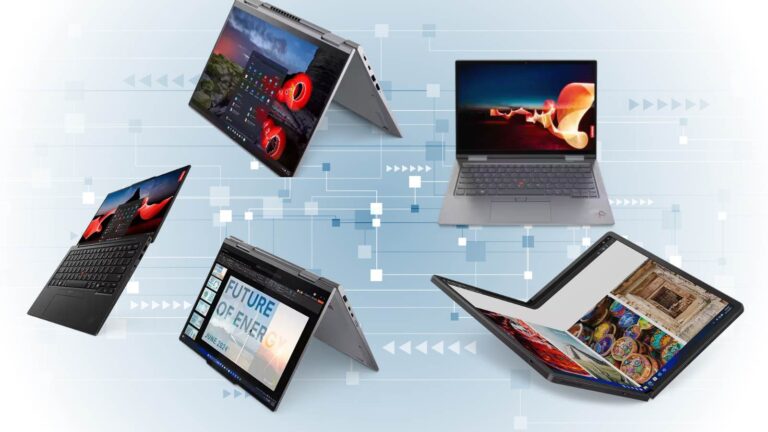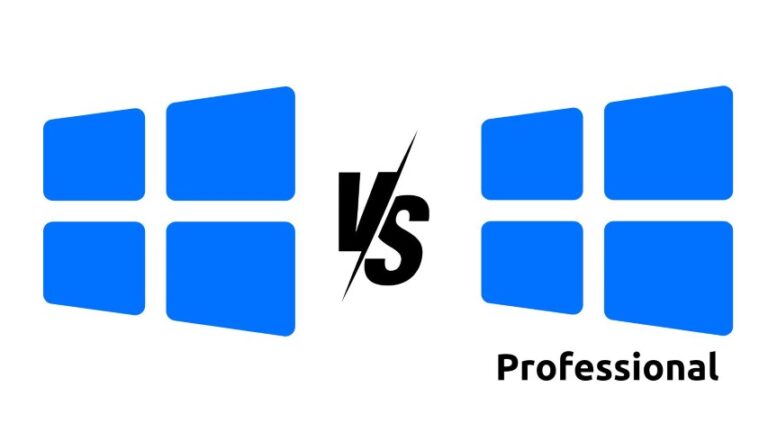What to Consider Before Buying a Corporate Laptop ?
In the modern business landscape, a laptop is more than a mere tool—it’s a gateway to productivity, communication, and success. As technology evolves, the decision of choosing the right corporate laptop becomes increasingly complex. Drawing from our extensive experience spanning over two decades, Nurture IT is committed to providing you with a comprehensive guide that unravels the intricacies of purchasing a corporate laptop.

In this WhatToBuy post, we aim to demystify the decision-making process and empower you to make an informed choice that serves the unique needs of your business.
1. Processor:
At the heart of every laptop is its processor, a crucial component that defines its performance capabilities. While the perpetual battle between AMD and Intel continues, it’s vital to delve deeper into processor specifications, even within the same family.
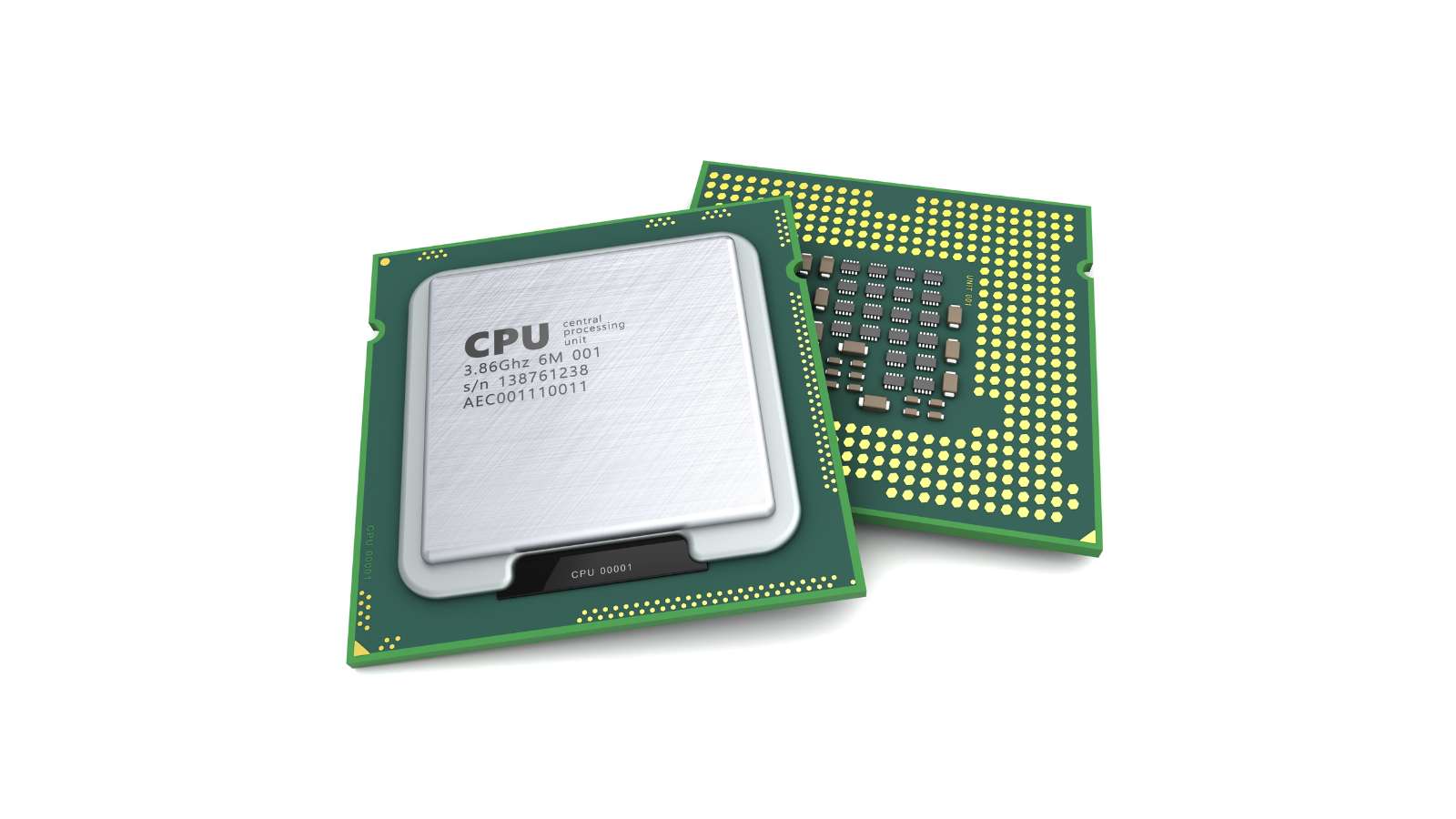
Both Intel and AMD offer processors with distinct characteristics: low-voltage processors (often denoted by “U”) that prioritize energy efficiency for extended battery life, and high-performance processors (marked with “H”) that excel in raw computing power. It’s imperative to evaluate your specific usage scenarios. “H” processors might be a boon for CPU-intensive tasks, but they may come at the cost of reduced battery life. An often overlooked factor contributing to overall performance is the cache memory, which plays a significant role in data access speeds.
2. Ram
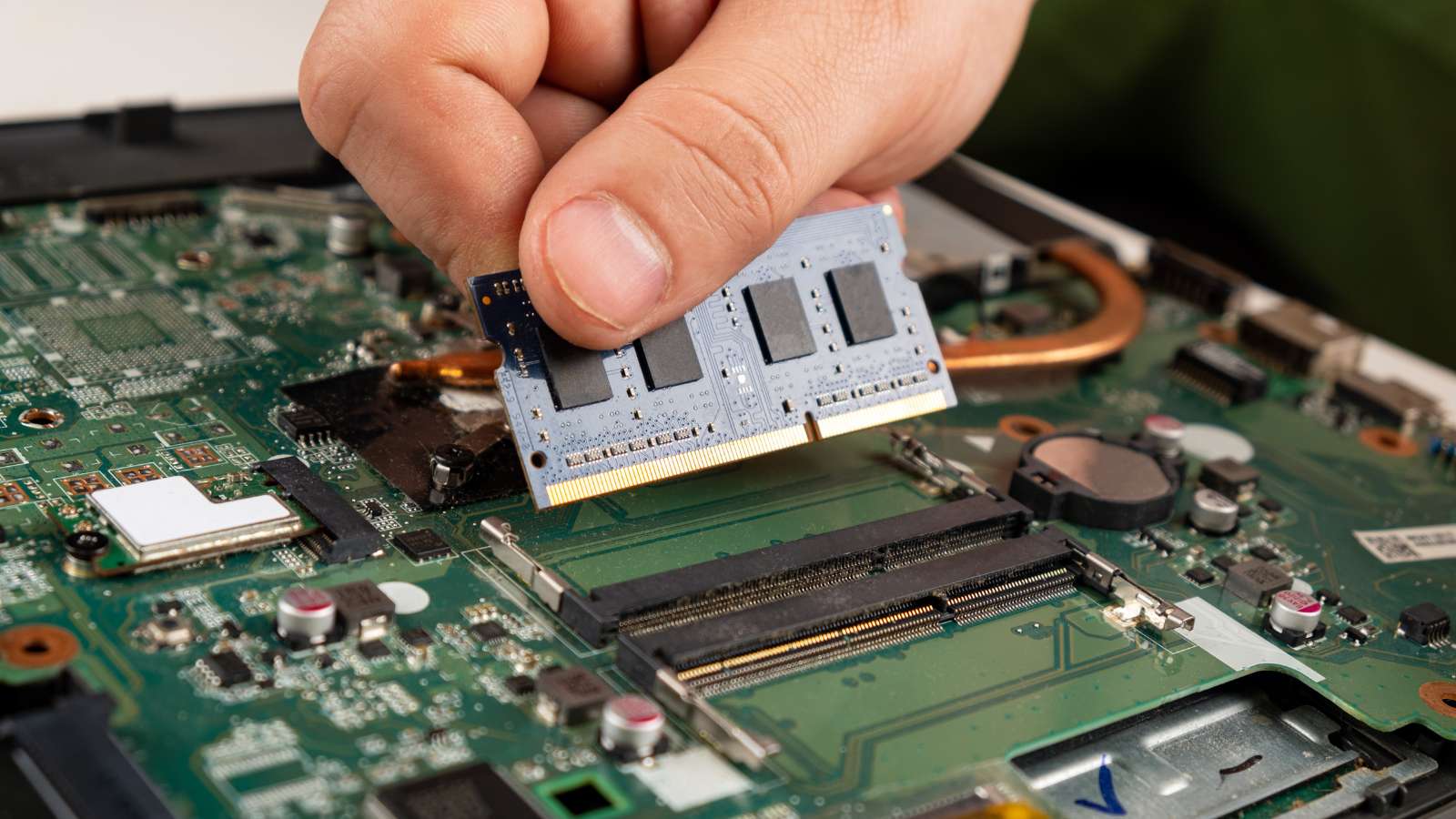
The RAM (Random Access Memory) of a laptop is akin to its short-term memory, affecting multitasking and overall responsiveness. With the advent of resource-intensive applications and the impending prominence of Windows 11, a baseline of 8 GB RAM is becoming standard. However, it’s wise to opt for a laptop with upgrade capabilities, enabling you to accommodate the growing demands of modern software. Be mindful that multitasking, a common practice in today’s work environment, can swiftly consume available RAM. Investing in a laptop with ample memory ensures seamless operation and enhanced user experience. It’s important to recognize that certain entry-level laptops integrate RAM onto the motherboard, leaving no room for future upgrades.
3. Storage
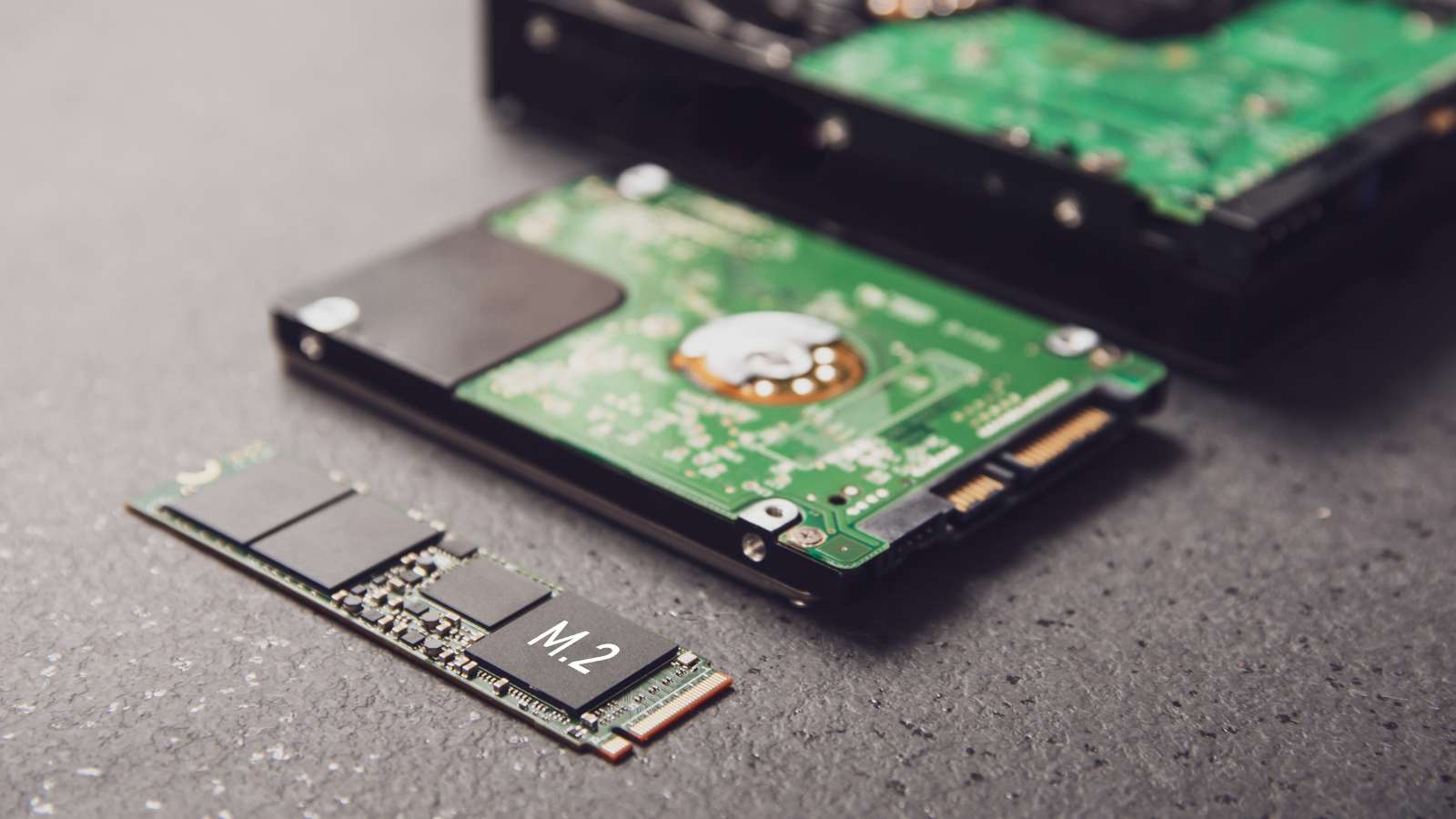
The storage medium significantly influences a laptop’s speed and responsiveness. Solid State Drives (SSDs) have revolutionized the storage landscape, offering remarkable speed improvements over traditional Hard Disk Drives (HDDs). When selecting a laptop, consider models equipped with a minimum 256GB SSD for the operating system. Beyond the storage capacity, it’s essential to understand the types of SSDs available. SATA SSDs provide a reliable entry-level option, while M.2 SSDs and NVMe SSDs offer progressively higher levels of performance. The right choice depends on your workflow and storage needs.
4. GPU or Graphics Card
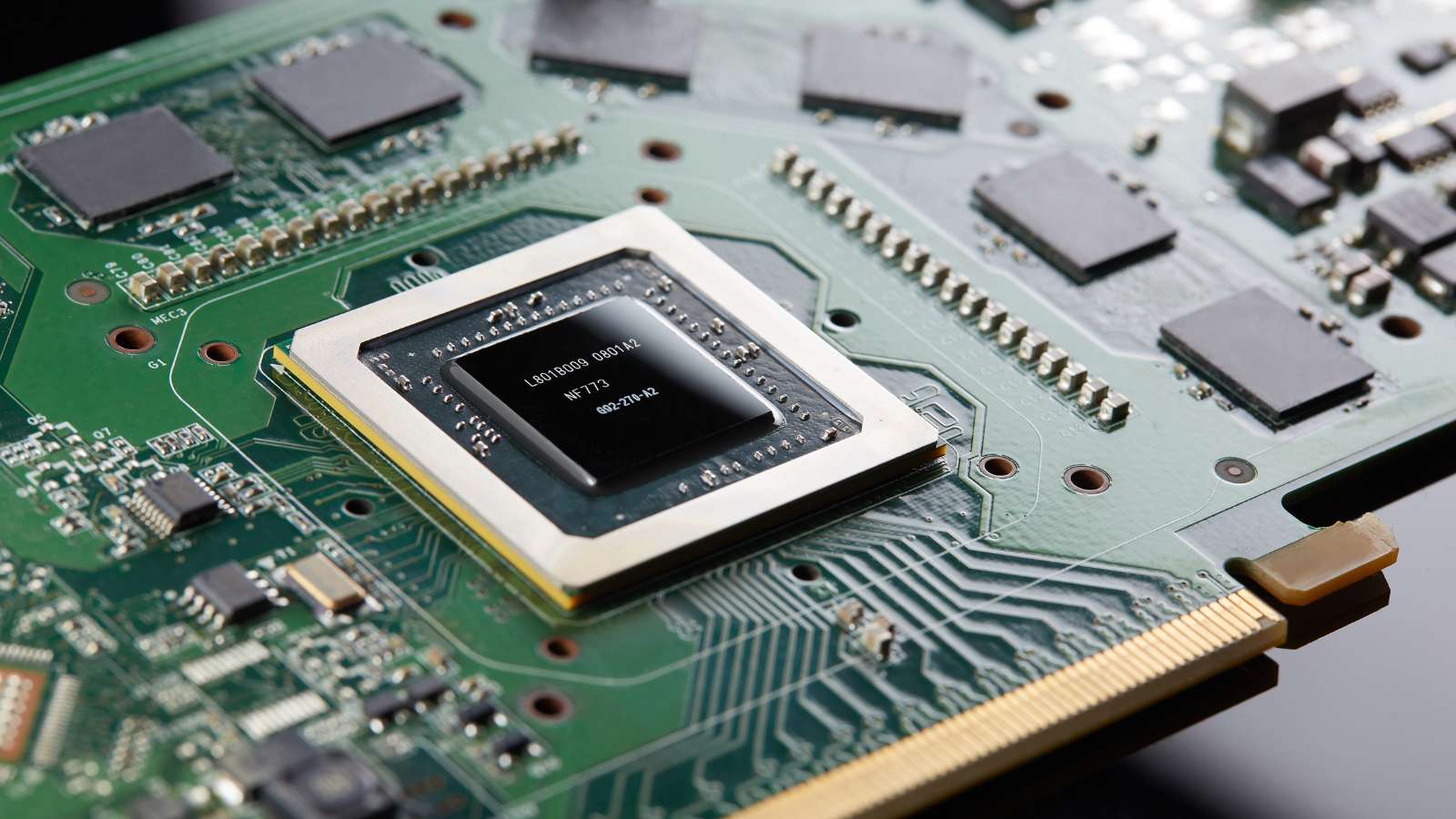
Graphics Processing Units (GPUs) impact tasks involving visuals, including video editing, graphical design, and even multimedia consumption. Modern processors often come with integrated GPUs that have seen significant improvements over time. For routine business tasks and basic image manipulation, integrated GPUs like Intel’s Iris graphics are sufficient. However, if your work involves graphic-intensive applications, a dedicated GPU might be necessary for optimal performance.
5. Wifi
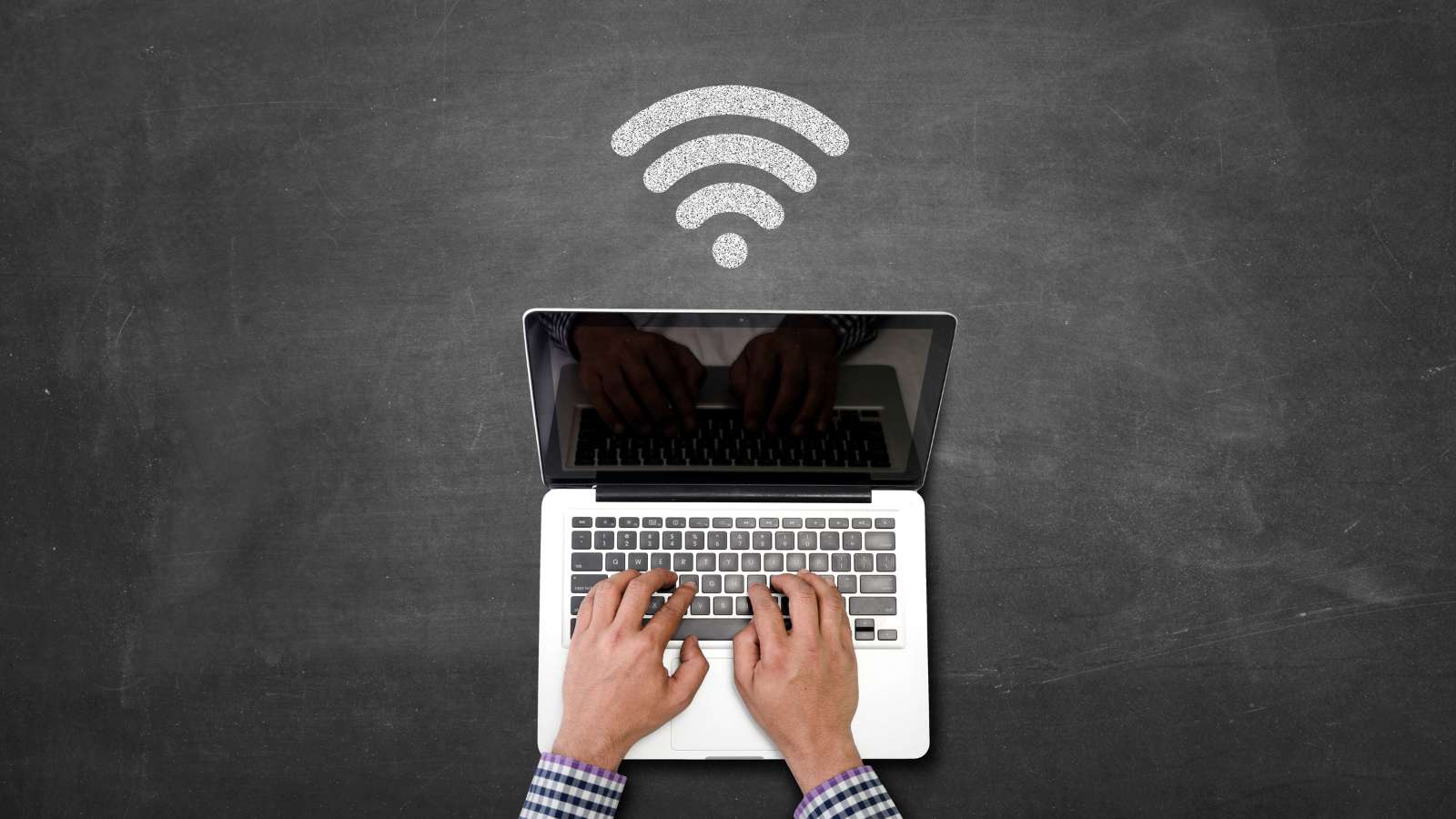
In an increasingly connected world, WiFi connectivity is paramount. As WiFi technology advances, laptops equipped with WiFi 6 (802.11ax) provide enhanced data transfer speeds, reduced latency, and improved network efficiency. While WiFi 6 adoption is gradually increasing, ensure your network infrastructure aligns with this technology to fully harness its benefits.
6. Screen Size

The laptop’s screen size impacts portability and user experience. A 14″ laptop offers greater portability and battery life compared to its larger 15.6″ counterpart. Additionally, consider the presence of a numeric keypad; larger laptops typically include this feature, which can be advantageous for data entry. Screen finish is another factor to ponder—consumer laptops often feature glossy screens, while business-oriented laptops typically incorporate matte finishes that minimize glare and reflections, enhancing readability in various lighting conditions.
7. Operating System (OS)
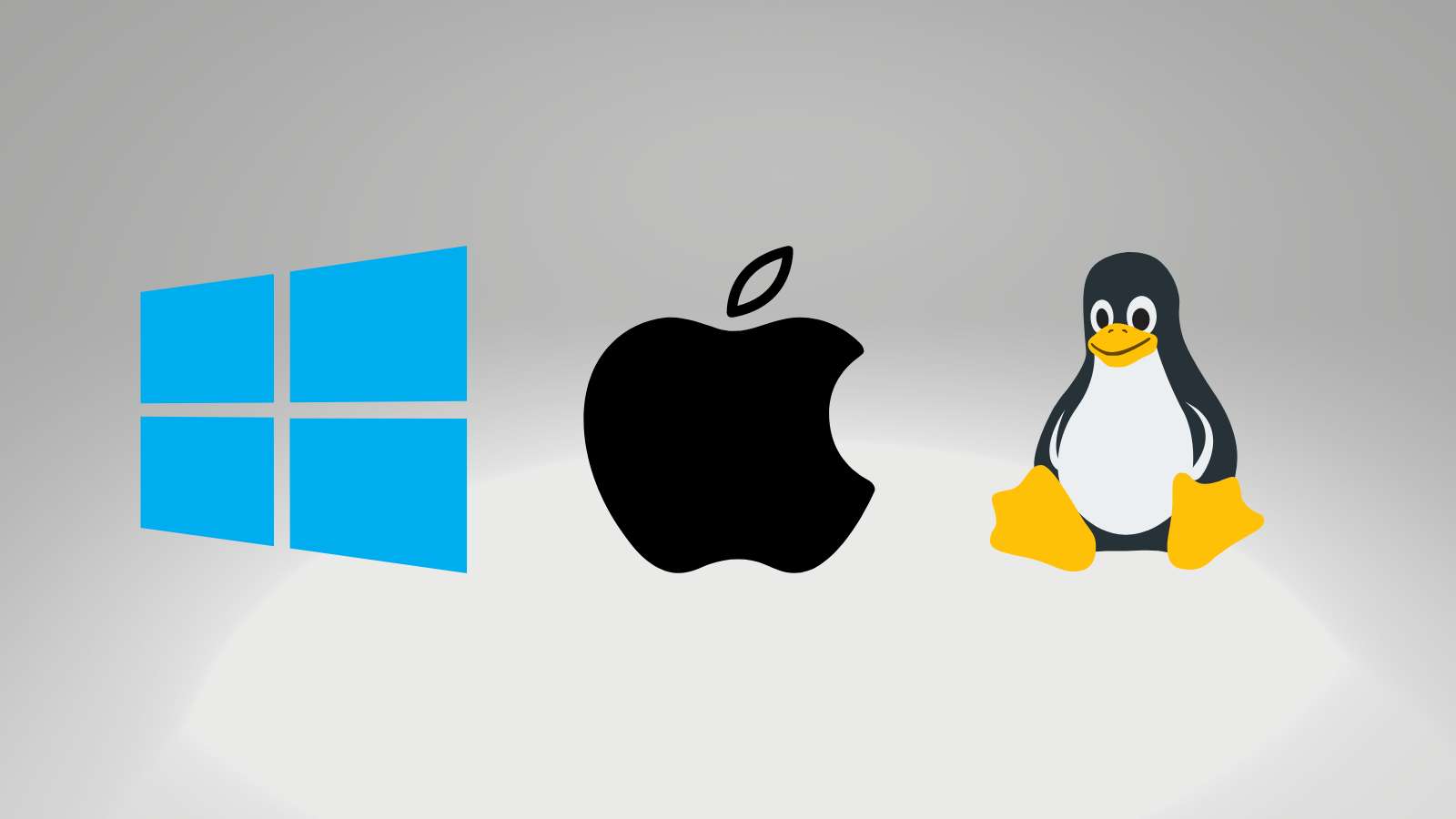
The choice of operating system influences user experience and compatibility with your existing software ecosystem. While Windows remains a prevalent choice, selecting between Windows Single Language (SL or Home) and Professional versions depends on your business needs. The decision is influenced by factors such as network environment, security requirements, and application compatibility. If you’re considering a Linux-based OS, ensure that the necessary device drivers are available to ensure optimal functionality.
Conclusion
The process of purchasing a corporate laptop is a significant investment that can impact your business’s productivity and efficiency. At Nurture IT, we are your trusted multibrand technology partner, dedicated to helping you make the right decision. Leverage our extensive industry experience and unbiased guidance to choose a laptop that aligns perfectly with your business objectives.
For personalized assistance in selecting the ideal laptop for your business needs, reach out to us at deepak@nurtureit.in. We are committed to being your strategic technology advisor, ensuring your technology investment yields maximum benefits for your organization.
